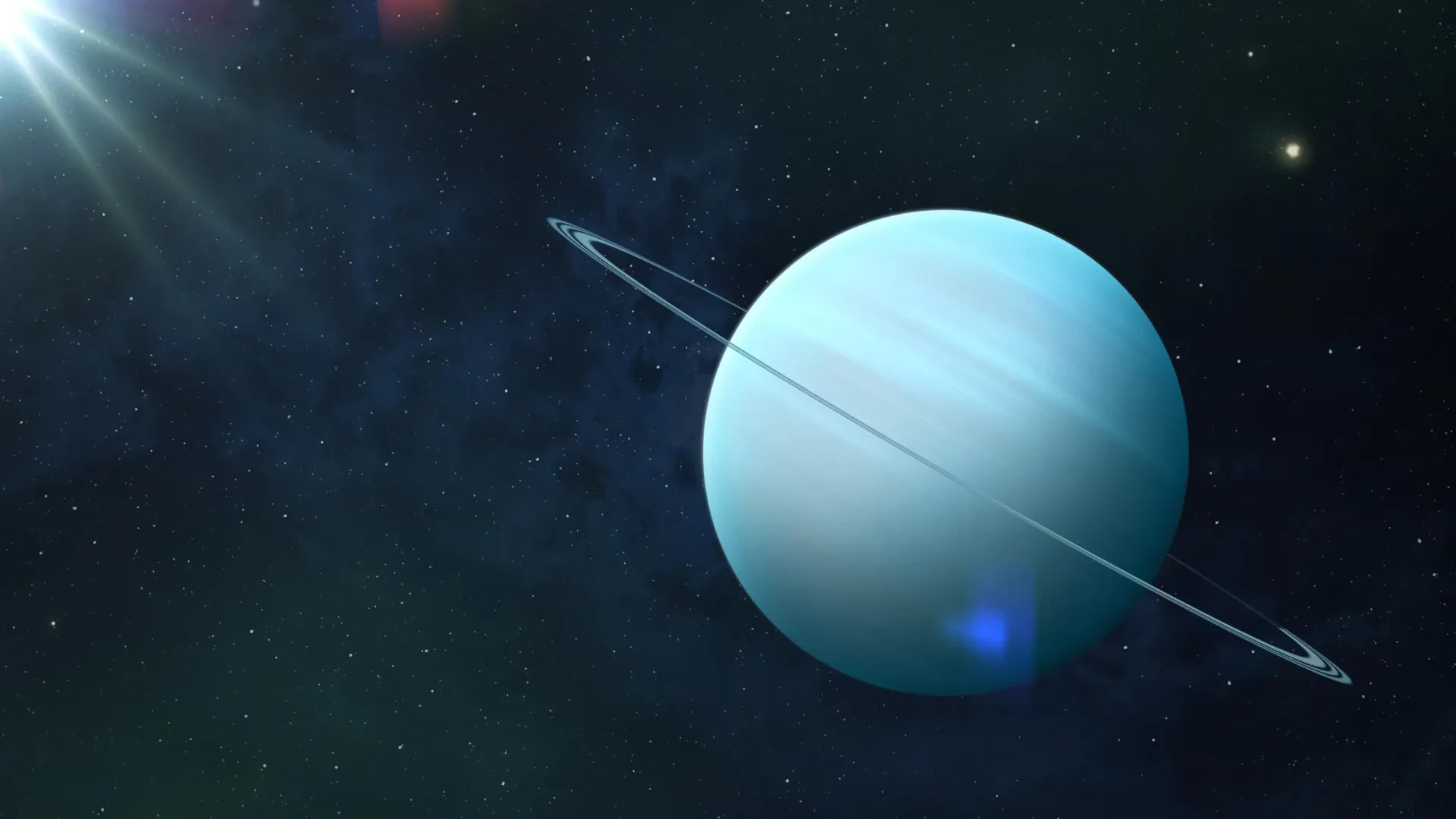A newly discovered double-ringed "odd radio circle" (ORC) nearly 10 billion years old is challenging existing theories about the universe's most mysterious phenomena.

October 6, 2025

Source:
ScienceDaily
Record-Breaking Cosmic Structure Discovered
Astronomers have identified the most distant and powerful "odd radio circle" (ORC) ever seen, a colossal cosmic structure that originated nearly 10 billion years ago. The object, cataloged as RAD J131346.9+500320, challenges our understanding of the universe's most enigmatic phenomena.
This discovery was made using data from the LOFAR radio telescope, with crucial assistance from citizen scientists.
A Glimpse into the Ancient Universe
The light from this ORC has traveled for approximately 7.7 billion years to reach us. This means we are observing the structure as it appeared when the universe was less than half its current age, providing a rare look into the cosmic past.
Unprecedented Scale and Shape
Unlike most previously discovered ORCs, this object features a unique double-ringed structure, resembling a cosmic Venn diagram. Its scale is immense:
Each of the two rings spans about 978,000 light-years across.
The entire object is surrounded by a faint halo measuring 2.6 million light-years in diameter.
This makes it more than 20 times larger than our own Milky Way galaxy.
This is only the second double-ringed ORC ever found, and it is by far the most massive and energetic one known to date.
Keep up with the story. Subscribe to the PR+ free daily newsletter

Source:
http://AOL.com
New Discovery Challenges Existing Theories
The origins of ORCs, first discovered in 2019, have been a major astronomical puzzle. The unique features of this new object are forcing scientists to rethink their leading hypotheses.
Shifting from Mergers to Superwinds
Prevailing theories often attributed ORCs to the aftermath of energetic events, such as the merger of two supermassive black holes. However, the clean, overlapping rings of RAD J131346.9+500320 do not fit this model well.
Researchers now propose a new explanation: galactic superwinds. These are powerful outflows of energy and matter driven by a galaxy's central black hole, creating giant, expanding shockwaves. This discovery provides strong evidence that such winds, rather than mergers, could be the force behind these colossal structures.
The Rarity of Odd Radio Circles
ORCs remain exceedingly rare, with only about six confirmed examples. They are vast, diffuse clouds of gas that emit only radio waves, making them invisible to optical telescopes. Their rarity and mysterious nature make each new discovery a critical piece of the puzzle in understanding high-energy astrophysics.
Read More

Source:
http://AOL.com
Share this news:




















